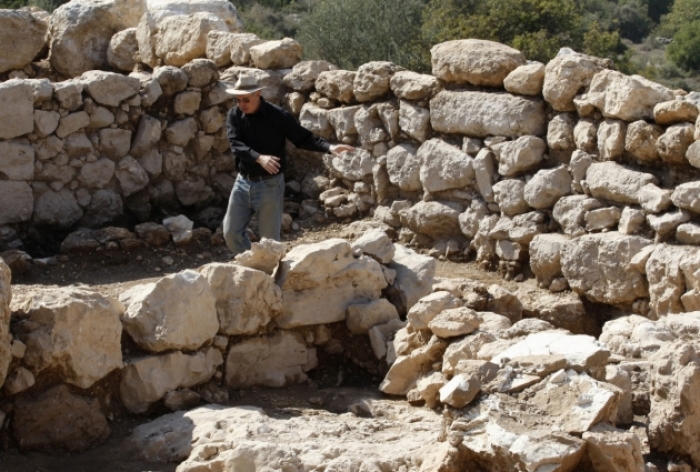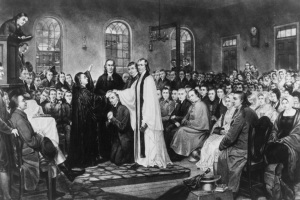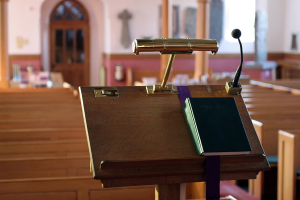Archaeologists to Search for Ark of the Covenant, 10 Commandments at Unexplored Jerusalem Site

Archaeologists from France and Israel are reportedly planning on embarking on a mission in August to search for the Ark of the Covenant, which is believed to contain the stone tablets bearing the 10 Commandments handed to Moses by God.
According to MailOnline and The Times of Israel, the researchers are set to excavate the ancient site of Kiryat Ye'arim outside Jerusalem, which is one of the last remaining unexplored locations in the region.
"The place is important for several reasons," said Professor Israel Finkelstein, from Tel Aviv University. "It's a large, central site in the Jerusalem hills that hasn't been studied until now.
"It may be the only key site in Judah that hasn't undergone a systematic archaeological excavation."
The Bible mentions Kiryat Ye'arim on a number of occasions, describing it as a Judahite town situated near Jerusalem during the period of the judges and King David, also known as the Iron Age.
The archaeological dig is set to focus around a 20th century monastery dedicated to Our Lady of the Ark of the Covenant, with much of the location believed to have been undisturbed, until now.
"One of the tantalizing aspects of Kiryat Ye'arim is the likelihood of there having been an ancient temple at the site, remains of which may lie buried. Such a discovery could help scholars better understand cultic practices in Judah during the Iron Age," the Times explained.
"In several parts of the biblical narrative, Kiryat Ye'arim is alluded to as a site of religious worship. It's referred to variously as Kiryat Ba'al, Ba'alah and Ba'ale Judah in the Book of Joshua, suggesting the site was at some point affiliated with worship of Ba'al, storm god of the Canaanite pantheon," it added.
As the Book of Samuel points out, the famous Ark was stored at Kiryat Ye'arim for two decades, and was looked after by the priest Elazar, before King David conveyed it to his capital in Jerusalem.
1 Chronicles 13:3-5 reads: "Let us bring the ark of our God back to us, for we did not inquire of it during the reign of Saul." The whole assembly agreed to do this, because it seemed right to all the people. So David assembled all Israel, from the Shihor River in Egypt to Lebo Hamath, to bring the ark of God from Kiriath Jearim."
Whether or not the Ark is hidden there, it is reasonable to assume that Kiryat Ye'arim was a city of great significance, Finkelstein noted.
"To follow the story, the place where they took the Ark of the Covenant wasn't, of course, just some field or under a tree, they refer to an important cult place," the professor explained.




























